How to Keep Your Files Organized
by jschap1 in Circuits > Computers
2253 Views, 9 Favorites, 0 Comments
How to Keep Your Files Organized
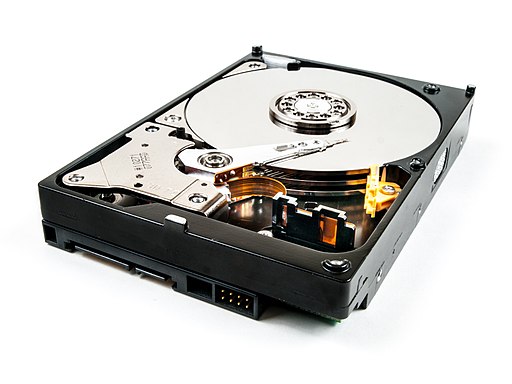.jpg)
An organized file storage system will make your computing experience much more enjoyable. No more dumping dozens of haphazardly-named files in the My Documents folder. In this Instructable, I will relate how I keep my file storage system clean. I am using a Windows computer, but these tips apply equally to Mac or Linux users.
Use a Logical Directory Structure
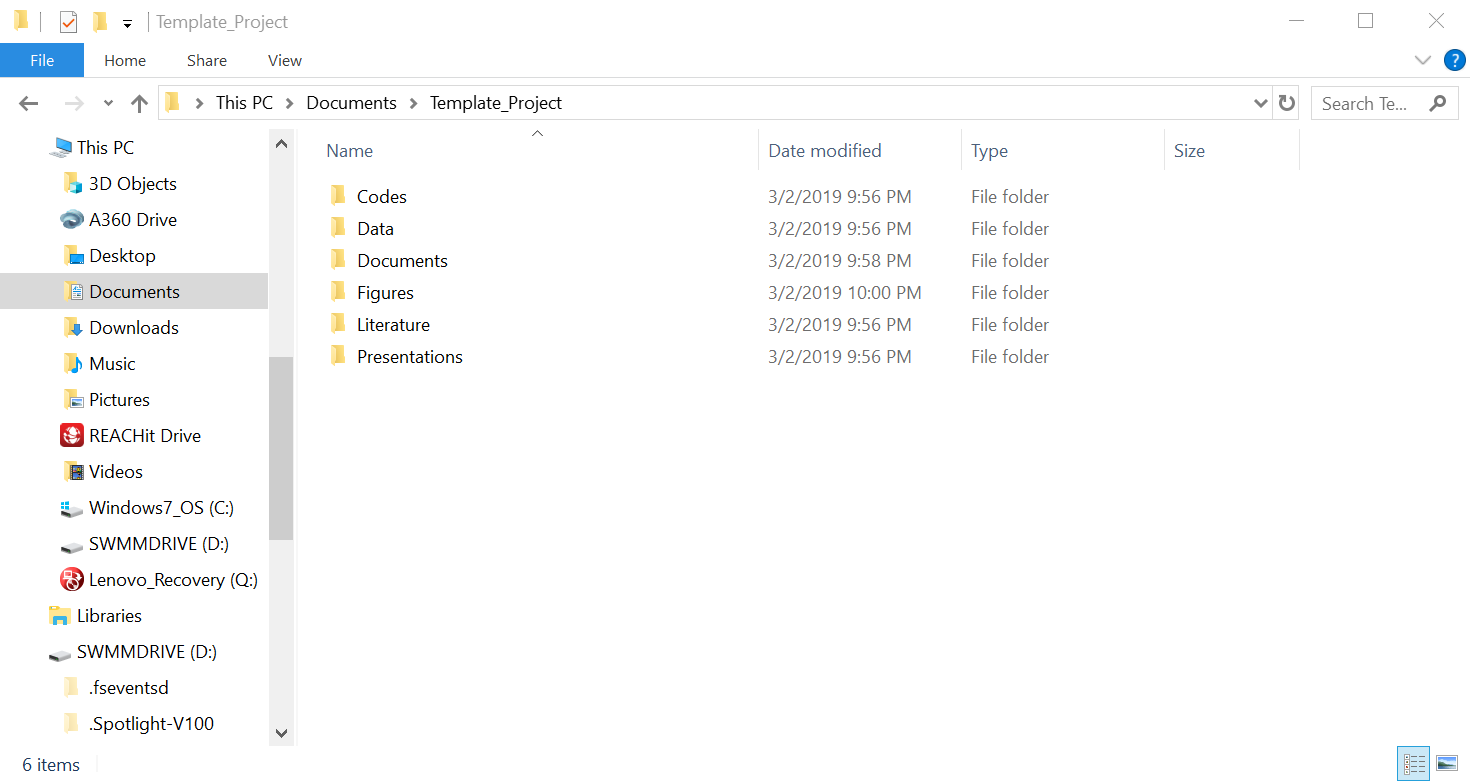
You are probably familiar with directory structures, even if you do not know it. Directories refer to where on your computer files are stored. For example, your file might be stored in the directory "My Documents," which is a subdirectory of some parent directory, and so on. For example:
C:\Users\Jschap1\Documents\My Documents\
When I start a new project, I like to create a directory for it, along with several subdirectories, where I will put related files, according to the theme. See the screenshot for an example.
Develop a File-naming Convention - and Stick With It
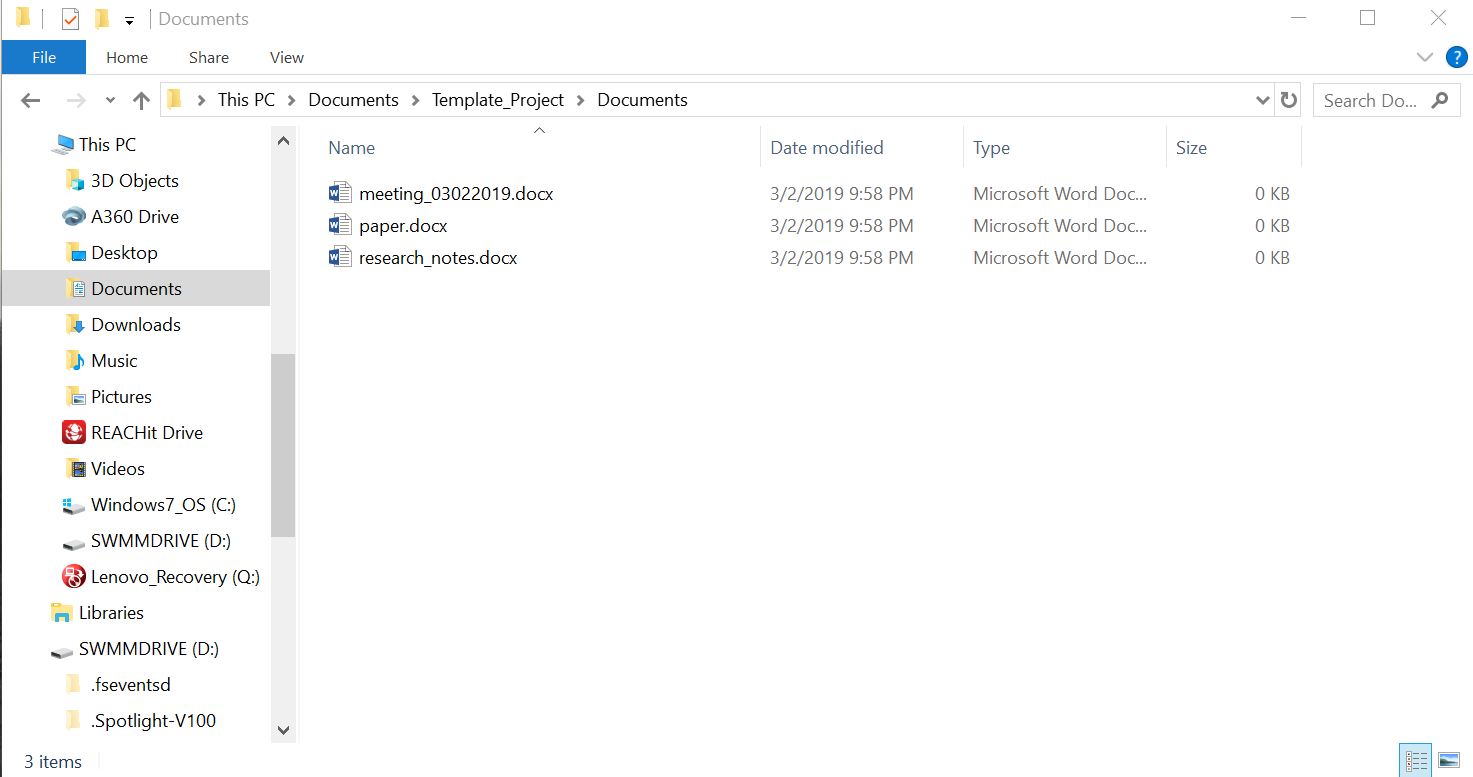
I use snakecase for file names, with all lowercase letters. You might choose another system. Here are examples of some common standards:
snake_case, e.g. my_file.txt
camelCase, e.g. myFile.txt
kebab-case, e.g. my-file.txt
PascalCase, e.g. MyFile.txt
I sometimes find it useful to append dates to filenames as a crude form of version control. For more complicated projects, it is much better to use a version control system like Git. There are several Instructables that explain how to get started with Git and the related Github. For example: https://www.instructables.com/id/Introduction-to-GitHub/
Don't Be a File Hoarder
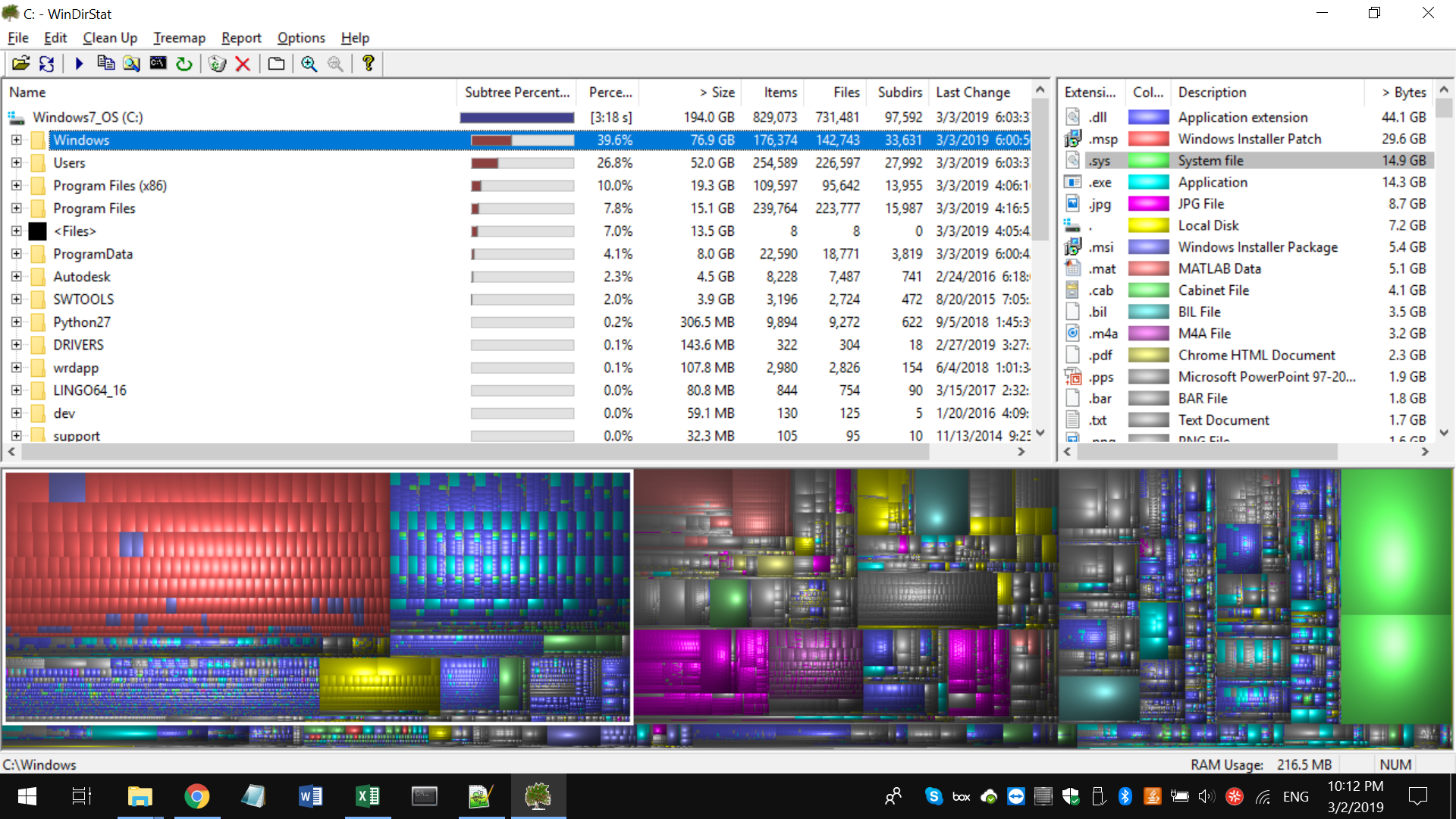
With solid state hard drives (SSDs) becoming more common, storage space is increasingly at a premium. SSDs enable faster start-up than traditional hard drives disks (HDDs), but they typically have much lower storage capacity. Full or nearly-full hard drives can drastically slow down your computer. Fortunately, there are a couple programs that make it easy to identify files that are taking up storage space so you can delete them.
For Windows, I prefer WinDirStat. For Mac, there is Disk Inventory X and for Linux, there is KDirStat.
Offload Your Extra Files to the Cloud
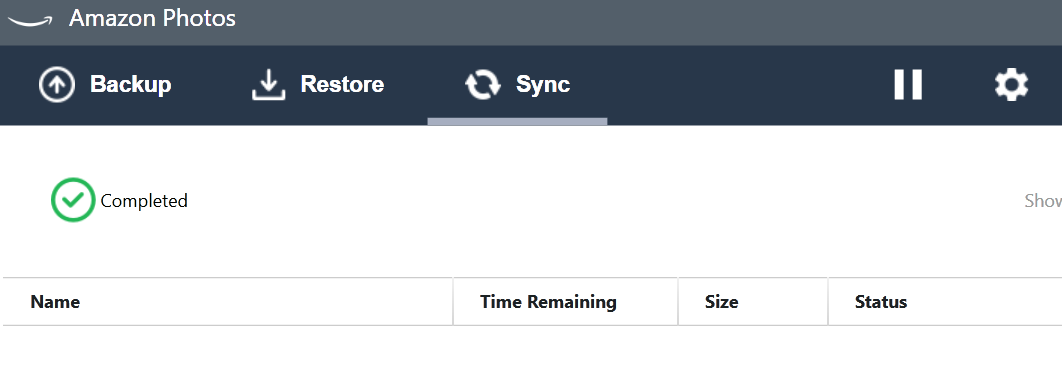
Google Drive and Amazon Photos (for Prime members) both allow "unlimited" photo storage. They also offer a very cool feature that identifies what (or who!) is in your photos and lets you search through them using keywords. As far as I can tell, the storage is, in fact, unlimited. I have heard of professional photographers uploading terabytes worth of data.
For other, non-photo, file types, there are a variety of cloud storage options, including Google Drive (15 GB), Box (10 GB), Dropbox (2 GB), and MEGA (15 GB). In addition to the free storage amounts indicated in parentheses, more storage is available for an annual fee.